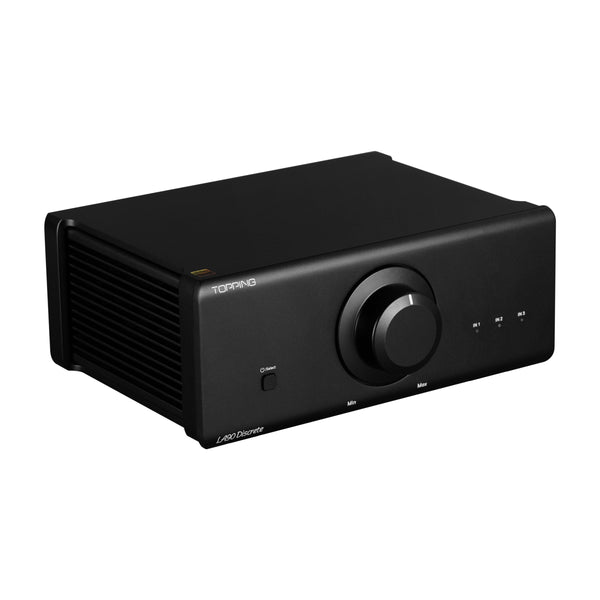D
Deleted member 46664
Guest
You think so, right? Really?
Below is a record during listening in home living room conditions with a speaker with some 89dB/2.83V/1m sensitivity.
The apparent clipping is not the amplifier, but it is in the CD data. Tchaikowsky 1812 Telarc, BTW. 35Vp amplifier output.
View attachment 202757

Recording of October 1979: The Telarc 1812 Overture
Tchaikovsky: 1812 Overture (Op.49), Capriccio Italien (Op.45 ), "Cossack Dance" from Mazeppa (LP), plus Marche slav, Op.31, Polonaise and Waltz from Eugene Onegin , Op.24, Festival Coronation March (CD). Cincinnati Pops Orchestra, Kiev Symphony Chorus; Children's Choir of Greater Cincinnati...www.stereophile.com
The scope panel is reporting 58 volts (297 watts) and the lower level is showing at 20v ( 35w) ... I doubt that most people (myself included) ever listen at those levels. It would be straight up painful. I've done work on theatre systems that aren't driven that hard.
I listen at 80dbz levels... which is just about a watt. Peaks might hit 90 db... or about 10 watts. Which is far more typical.
Some examples of 80db sounds ... Garbage disposal, dishwasher, average factory, freight train (at 15 meters). Car wash at 20 ft (89 dB); propeller plane flyover at 1000 ft (88 dB); diesel truck 40 mph at 50 ft (84 dB); diesel train at 45 mph at 100 ft (83 dB). Food blender (88 dB); milling machine (85 dB); garbage disposal (80 dB).

Comparative Examples of Noise Levels - IAC Acoustics
This blog post compares examples of noise levels. It is broken down by Noise Source, Decibel Level, and Decibel Effect.
Last edited by a moderator:

